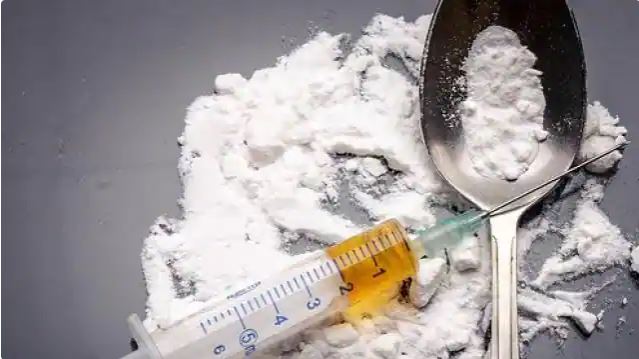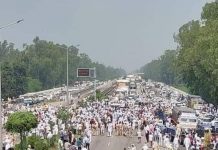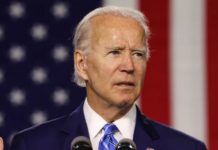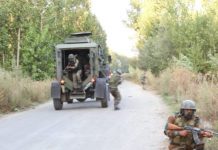
The other day at a Narcotics Control Bureau organised national conference at Chandigarh, the Union Home Minister Amit Shah claimed that the Centre’s zero-tolerance policy towards narcotics is showing results. There has been a 200 per cent increase in the number of cases registered during the past seven years and there has been a 260 per cent increase in arrests made. Shah observed that in the 75th year of Independence, the Prime Minister Narendra Modi’s call for a ‘Drugs free India’ has to be made into a strong resolve in this period of ‘Amrit Kal’. The Home Minister said that from 2014 to 2022, the value of confiscated drugs in the last 8 years is almost 25 times more than in the previous eight years. So far so good.
However, investigations by Tehelka SIT tell an insider’s account of the drug parties and also reveals how easy it is to get drugs on the streets of Kolkata. The cover story of this issue ‘Drugs for a high: From Mumbai to Kolkata’ finds that it is not only Bollywood which is in the grip of drug abuse but other industries, including the fashion industry, are also known for the rampant use of drugs. Forget industries, drugs are easily available even on the streets of Mumbai and Kolkata, luring even school children provided you have good cash in your pocket.
When the Directorate of Revenue Intelligence intercepted three containers from Iran at Mundra with heroin worth a whopping Rs 21,000 crore, it sent shock waves. A drug bust by the Narcotics Control Bureau sent alarm bells ringing as it uncovered a pan-India ring that used the darknet, or anonymous proxy networks, and crypto currency to traffic narcotic substances. The recent World Drug Report of UNODC released to mark the International Day against Drug Abuse and Illicit Trafficking highlighted drug use among women and youth. According to a report released in the 2022, around 284 million people aged 15-64 used drugs worldwide, marking a 26 per cent increase over the previous decade.
Women now represent an estimated 45-49 per cent of users of amphetamines and non-medical users of pharmaceutical stimulants, pharmaceutical opioids, sedatives, tranquillisers and injecting drugs. India is wedged between the world’s two largest areas of illicit opium production, the Golden Crescent and the Golden Triangle making us more vulnerable being a destination and a transit route for opiates produced in these regions. Reports suggest that more than half of the illegal heroin used throughout the world comes from the Golden Triangle where the borders of Burma, Laos and Thailand meet. The other important international narcotics smuggling route, the Golden Crescent, cover Iran, Afghanistan and Pakistan.
The Tehelka report should be a reminder that there is an urgent need to launch covert operations so that networks are broken to make India a drug free country. The question is do we have a road map for this avowed dream?













